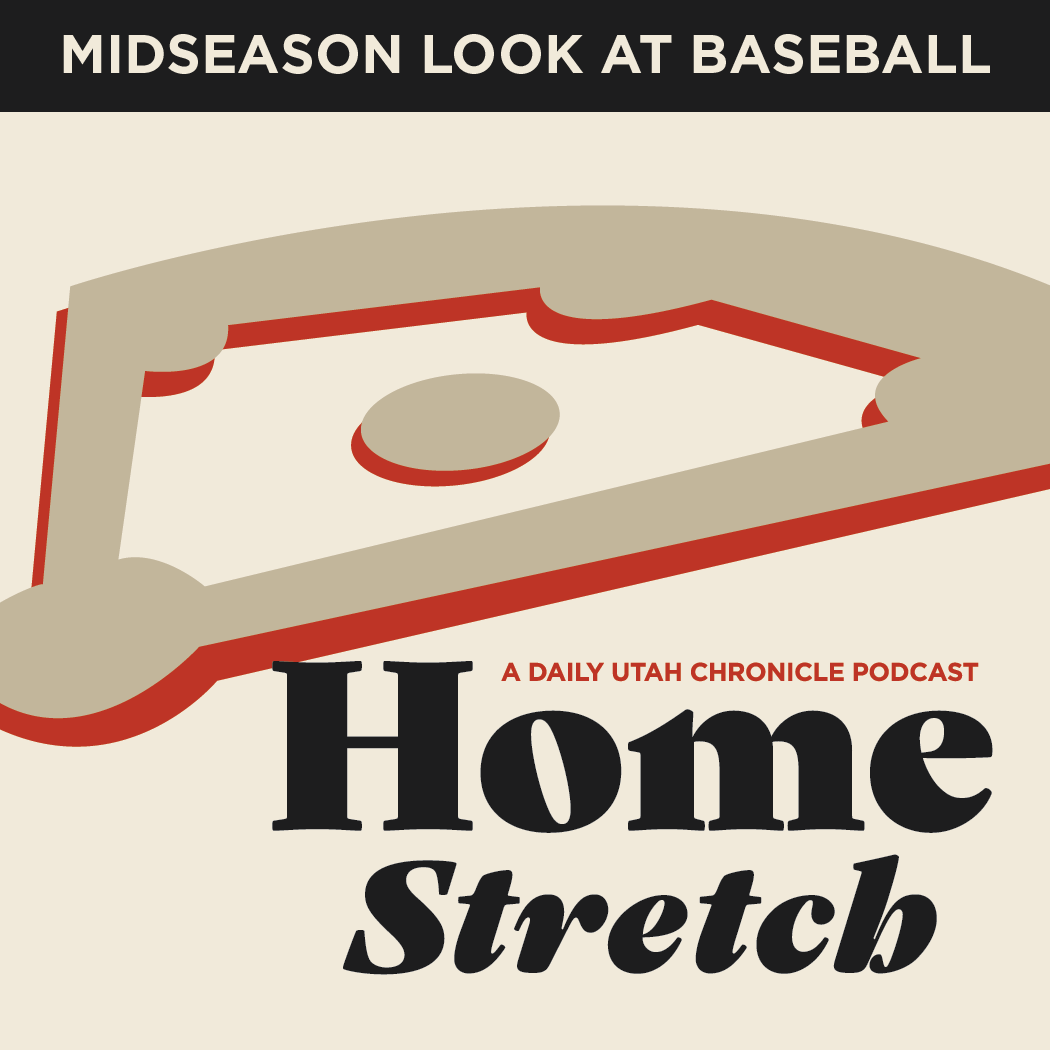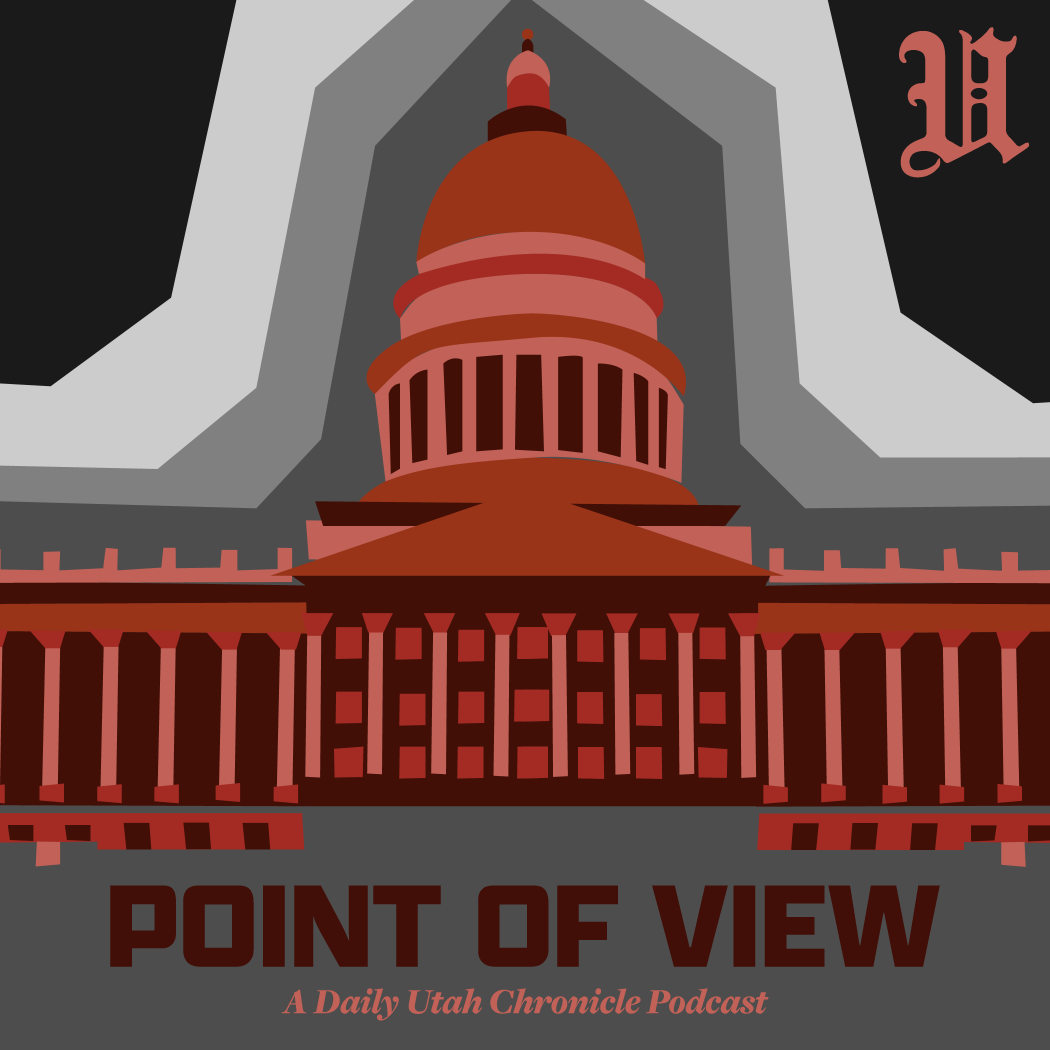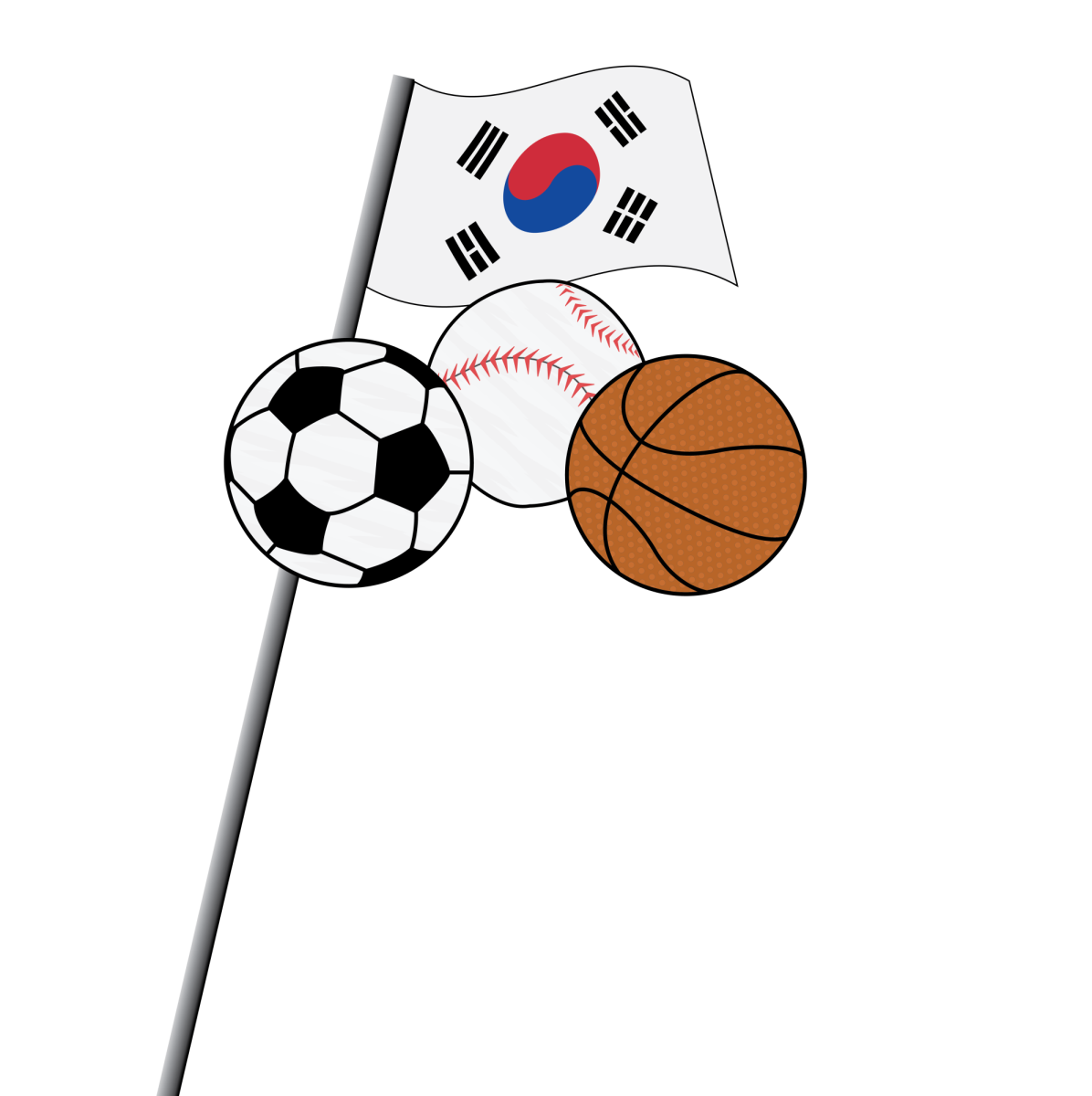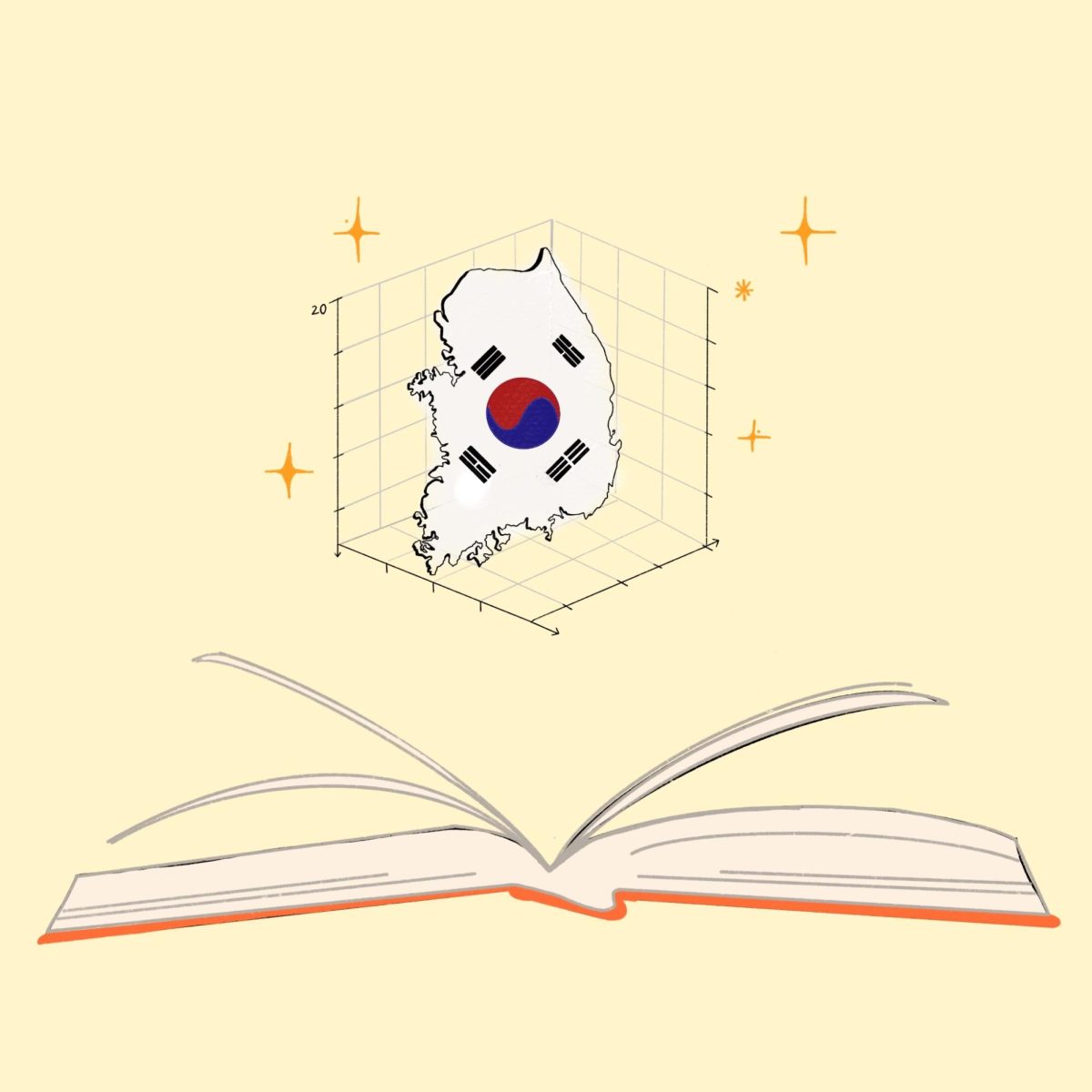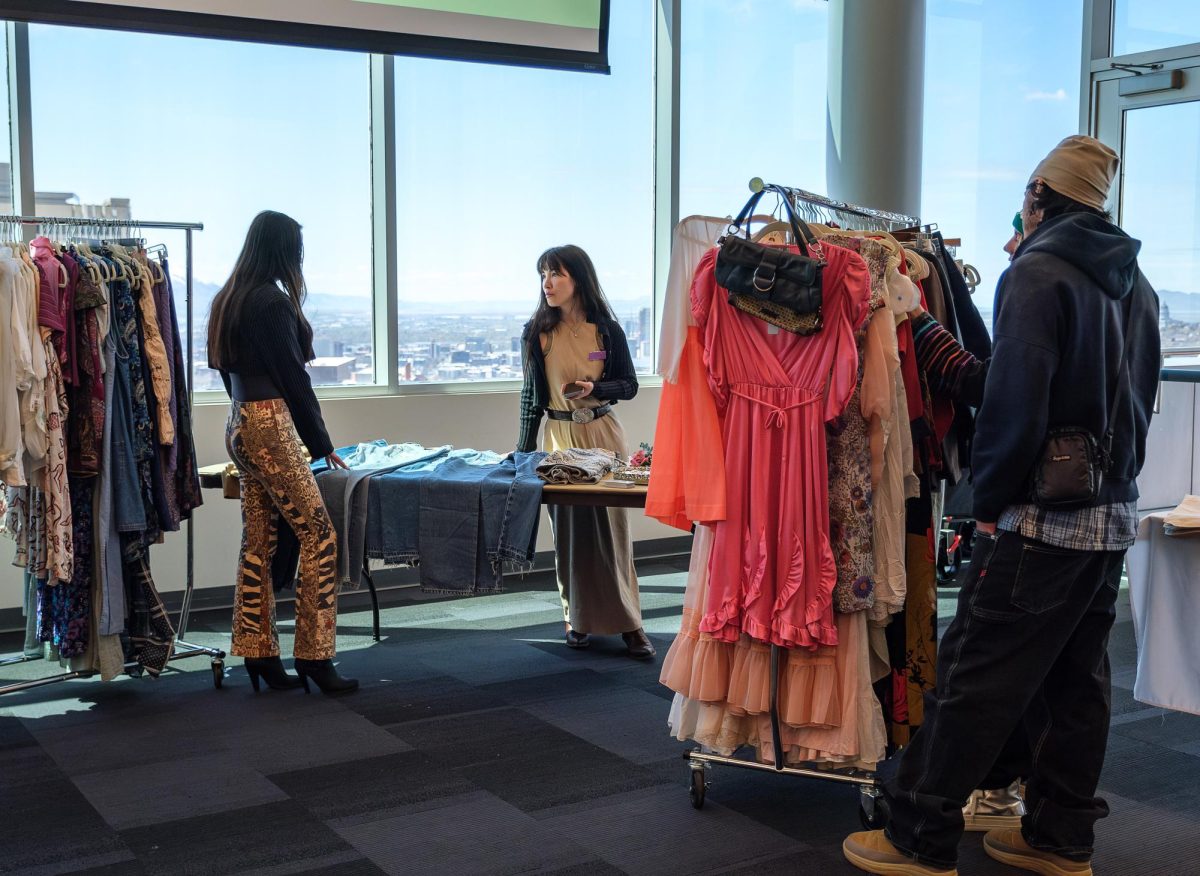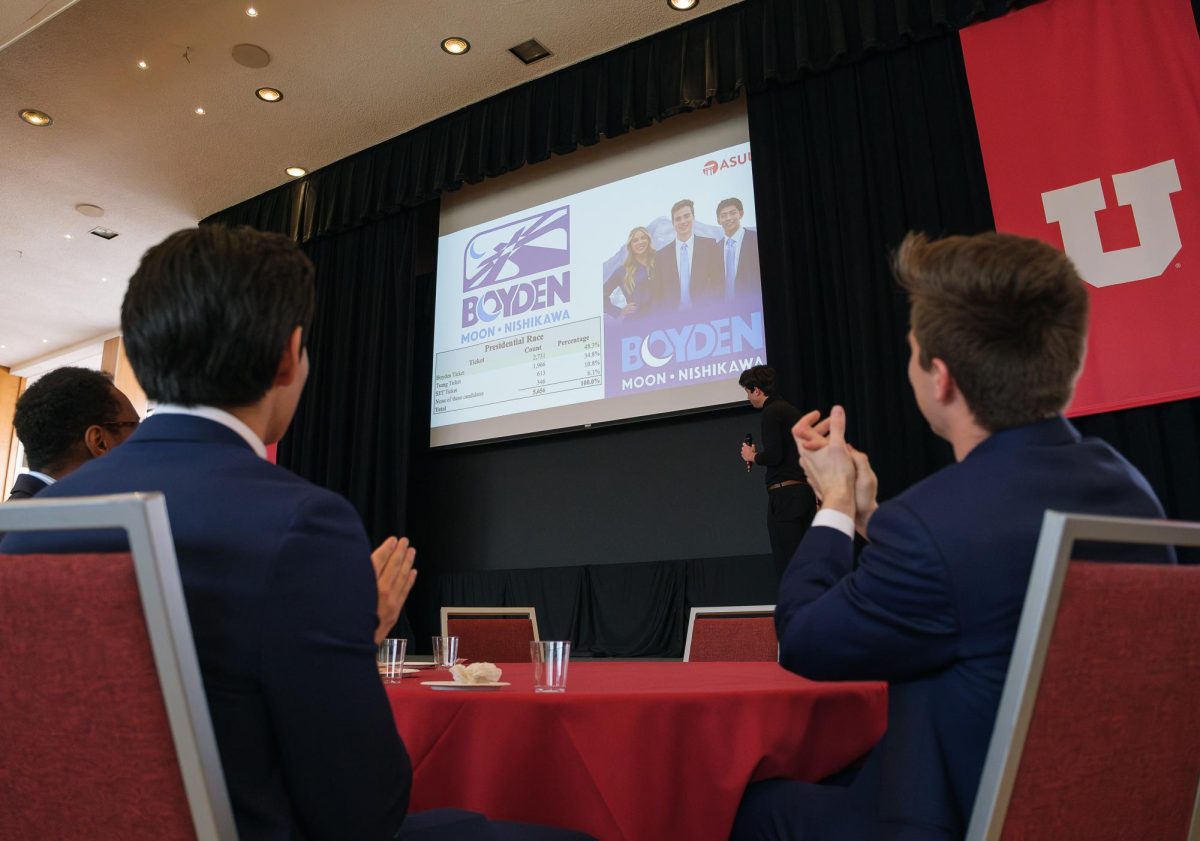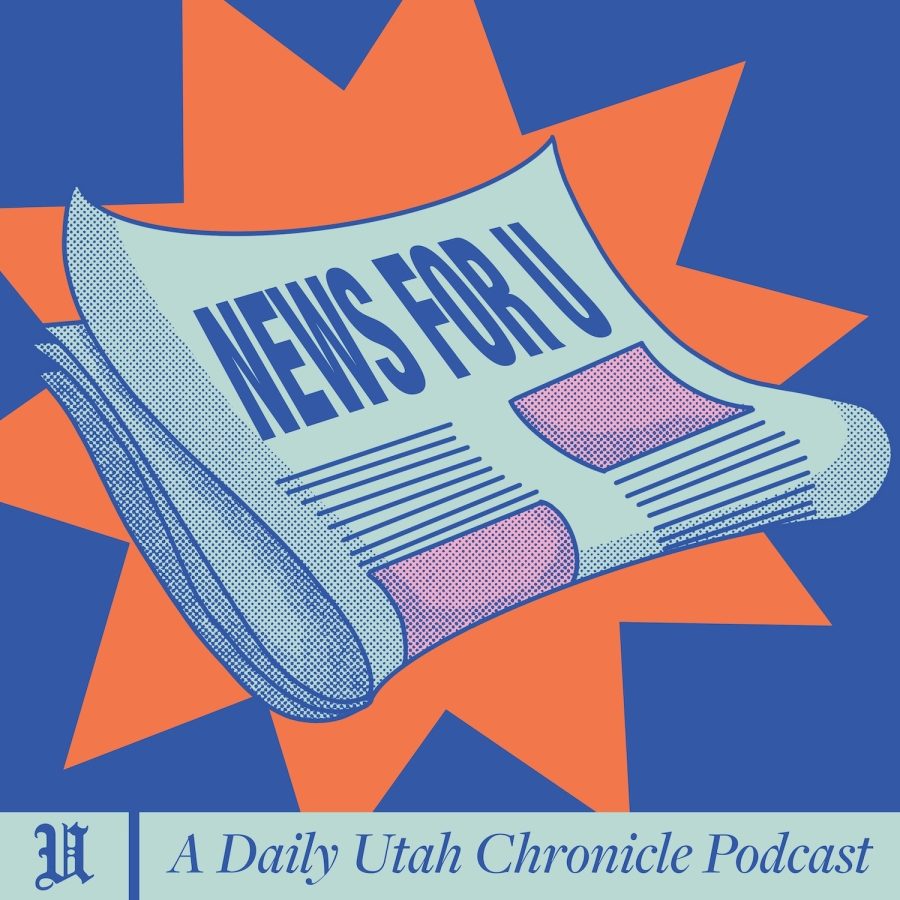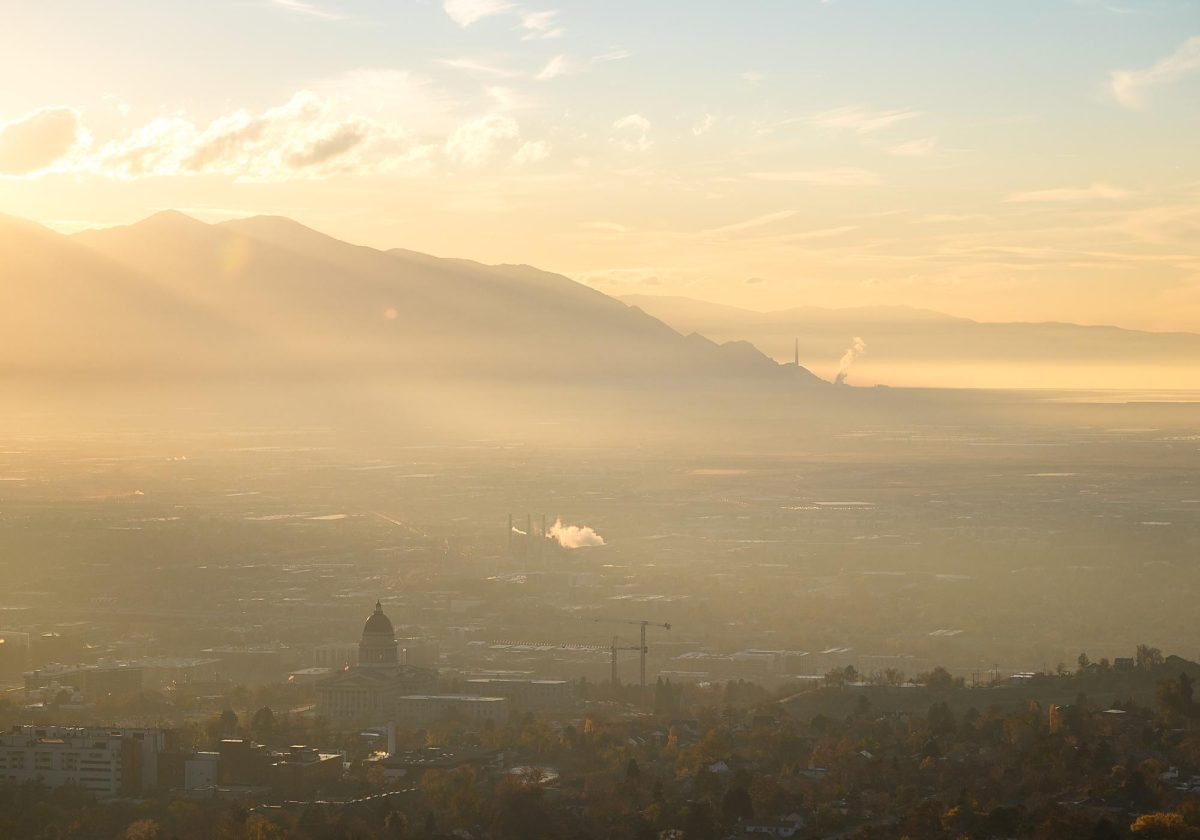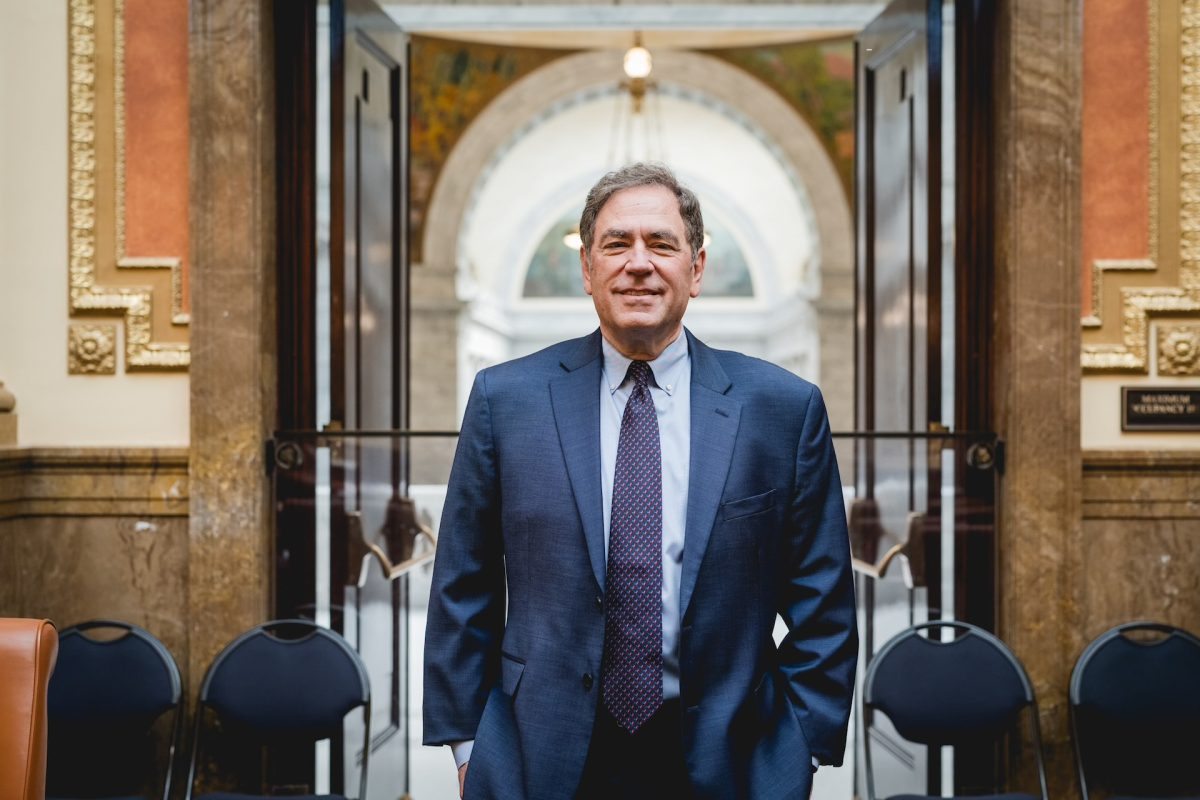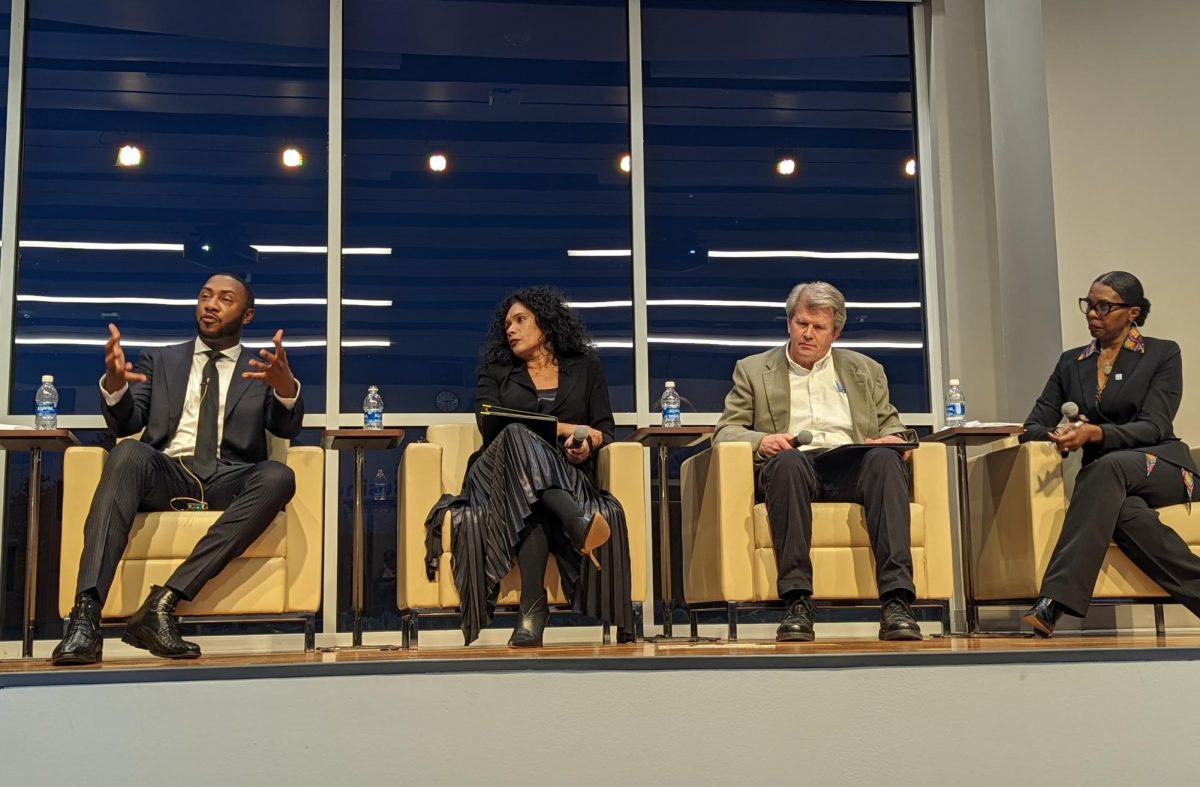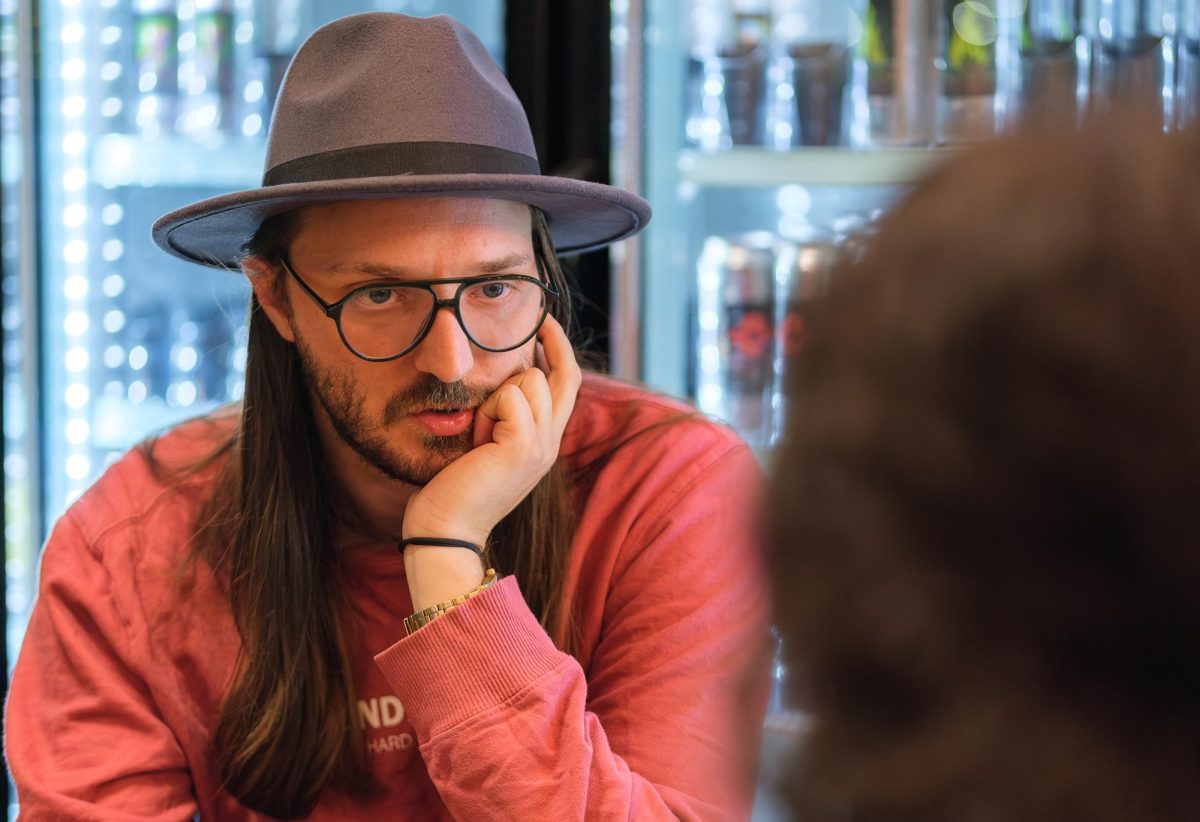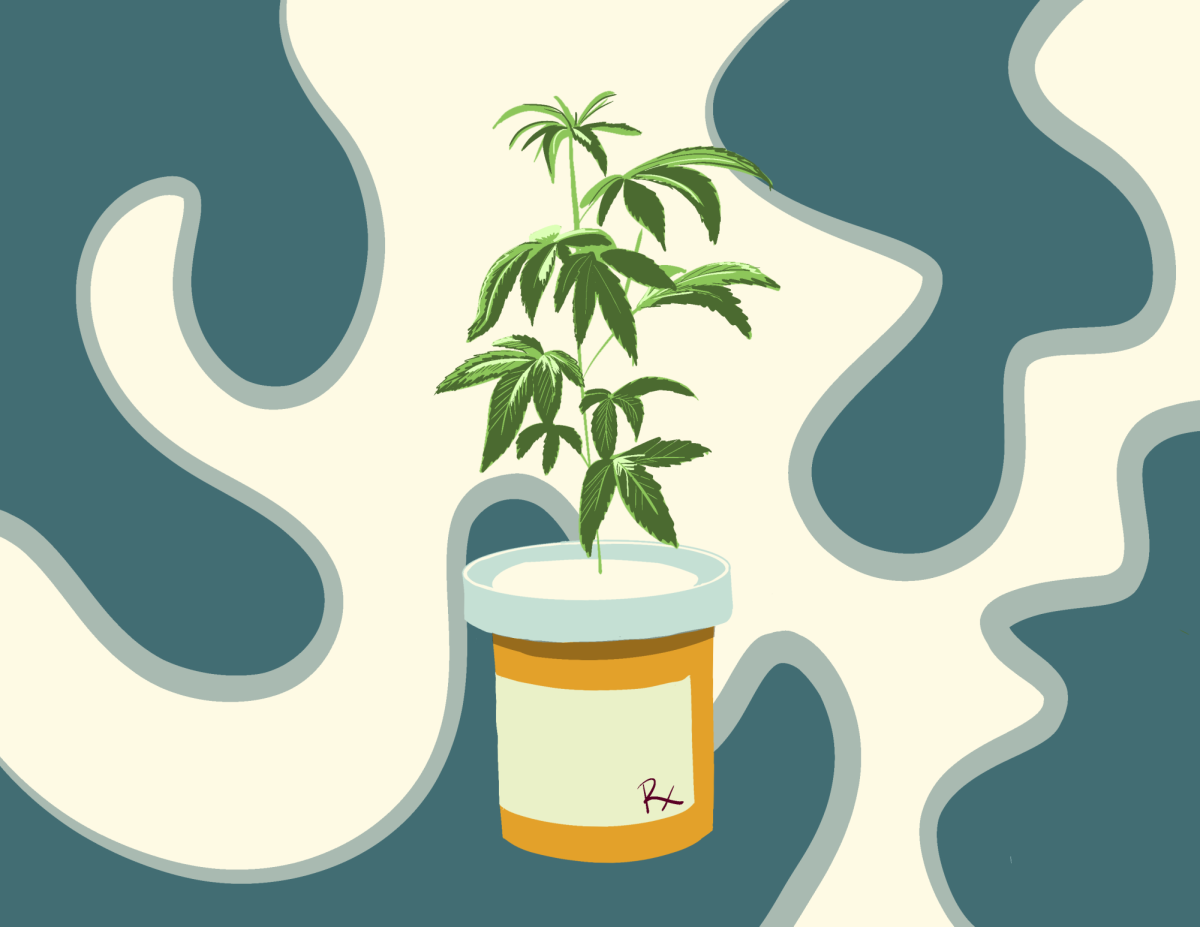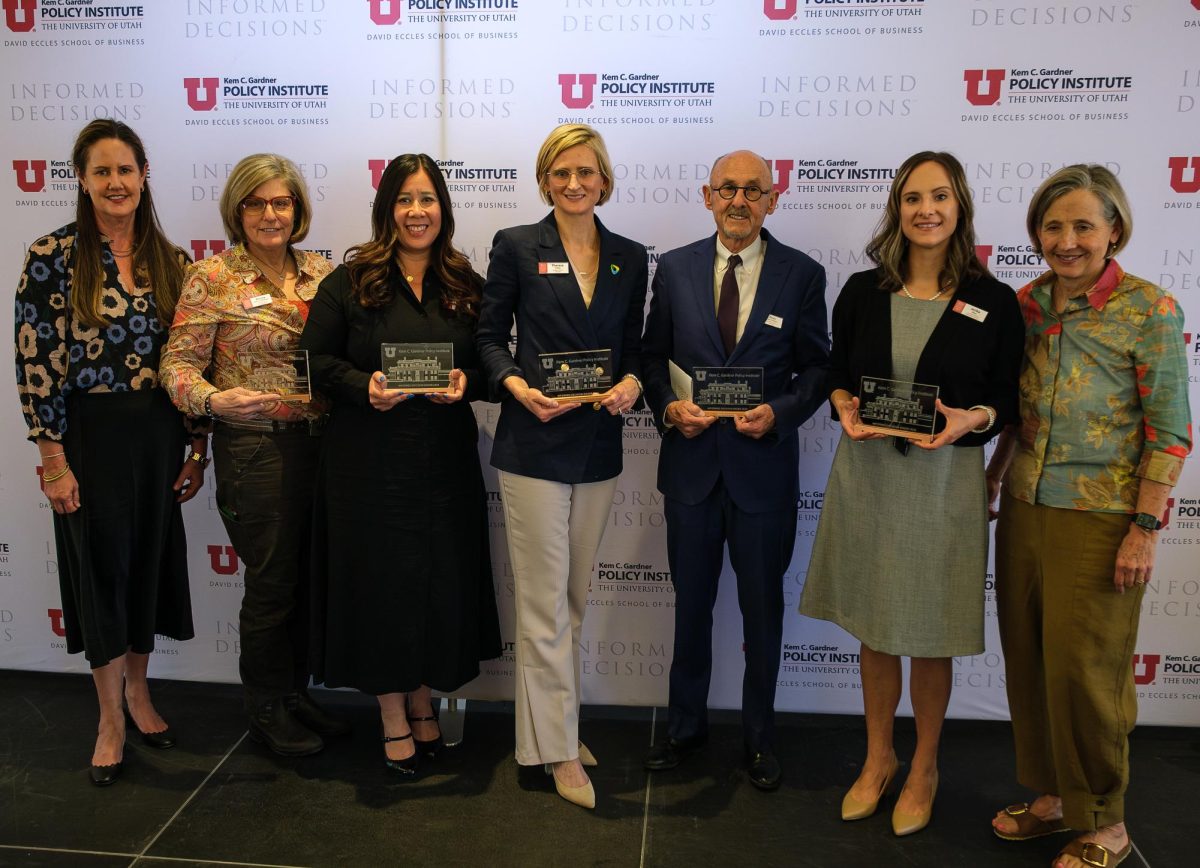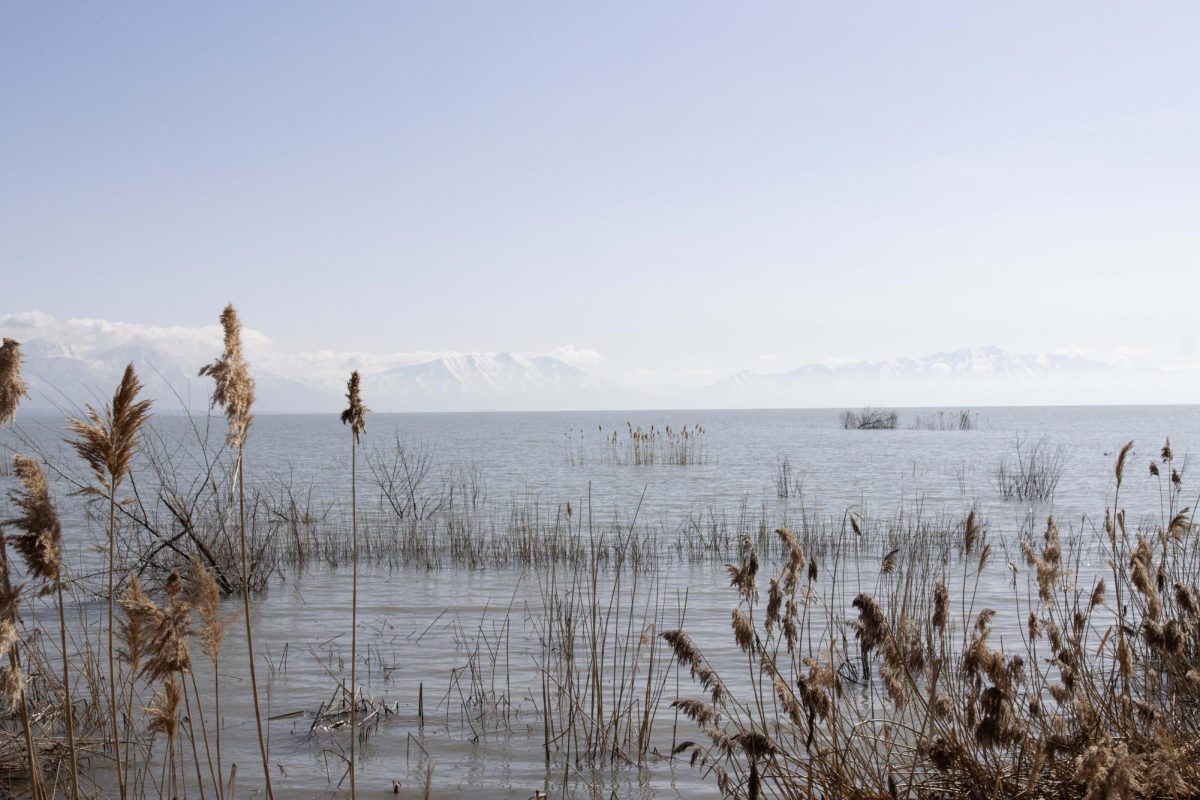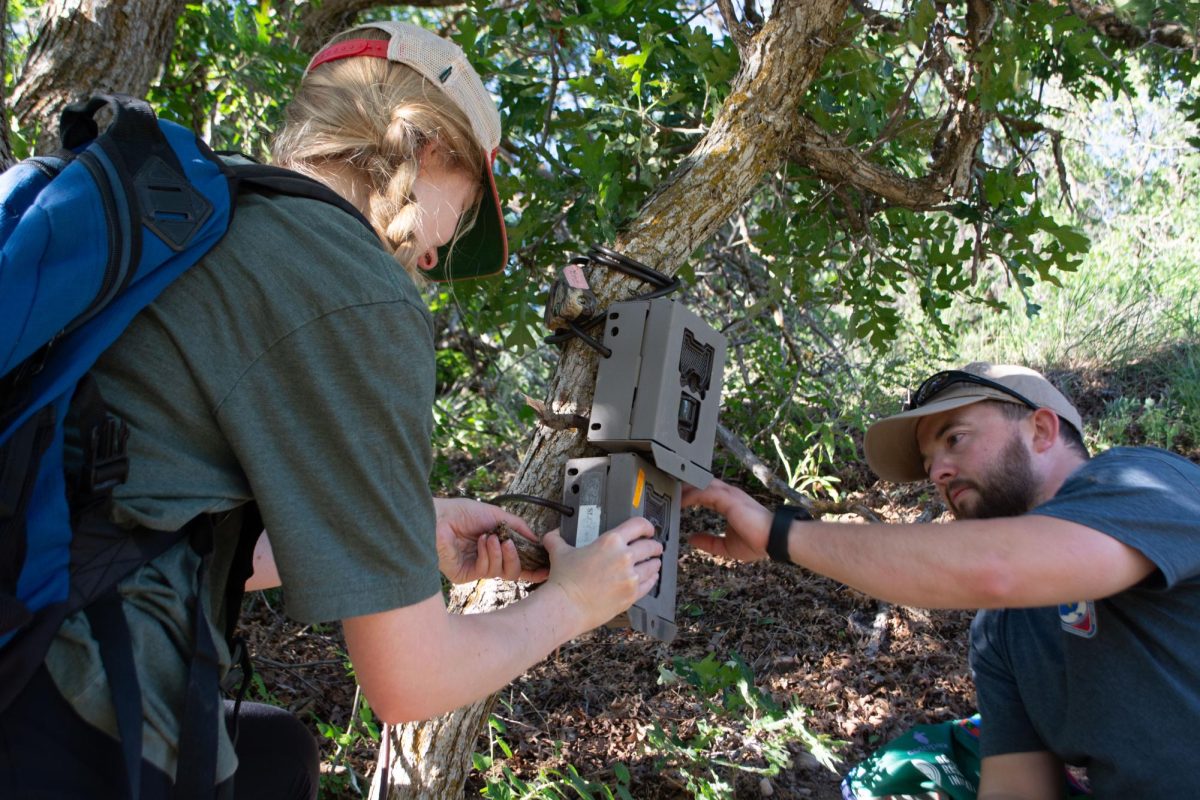
As Alex Ngendakuriyo, a Burundi refugee community leader, put it, “No one wants to be called a refugee, but sometimes you don’t have a choice.”
Ngendakuriyo and two others sat as panelists for the Hinckley Institute of Politics’ Pizza and Politics forum called “Understanding the Local Refugee Community.” The panelists spoke about the definitions, trials and circumstances that encompass the refugee community in Salt Lake City.
Raul Yumul, a member of Catholic Community Services, gave an official definition of what a refugee is according to the United Nations.
“It used to be a refugee was someone seeking refuge,” Yumul said. “Now, refugees are known as people who are persecuted in their own country. The majority of the reason is religion and the color of their skin.”
Beth Garstka, a member of the English Skills Learning Center, said there were more than 15 million refugees in the world, with the United States resettling the most refugees on a yearly basis. From that, two percent — roughly 50,000 people — are resettled in Utah. Garstka said the majority of these refugees come from Iraq, Somalia, Sudan, Bhutan and Burma.
Yumul said the most difficult part of the resettlement process starts in the refugee camps with identification. Additionally, the panelists noted how timely and expensive the resettlement process can be.
“It’s not a perfect system,” Yumul said. “We can only resettle about three quarters of individuals in Utah. If numbers stopped growing, it would [still] take up to 60 years to resettle everyone.”
When resettlement can be initiated, Garstka said the next part of the process would be integration by means of learning English and finding employment.
“It’s not a process of telling refugees you have to be this type of American, but more of an idea that we’ll meet them halfway,” Garstka said.
Ngendakuriyo, a refugee himself, is an advocate of bridging the gap between the communities.
“I wanted to become a leader because I figured out we were the change,” he said. “We had the power, the language and the culture to help us solve problems that might not be clear to either side.”
Satin Tashnizi, a junior in political science, said the forum was refreshing.
“We’re college students — we go on Facebook, then we go to sleep. That’s the end of it,” Tashnizi said. “There’s a lot in our own community that goes unseen, and it’s important to know there are resources taking care of the things that aren’t being addressed.”
[email protected]
@cynthia_luu


